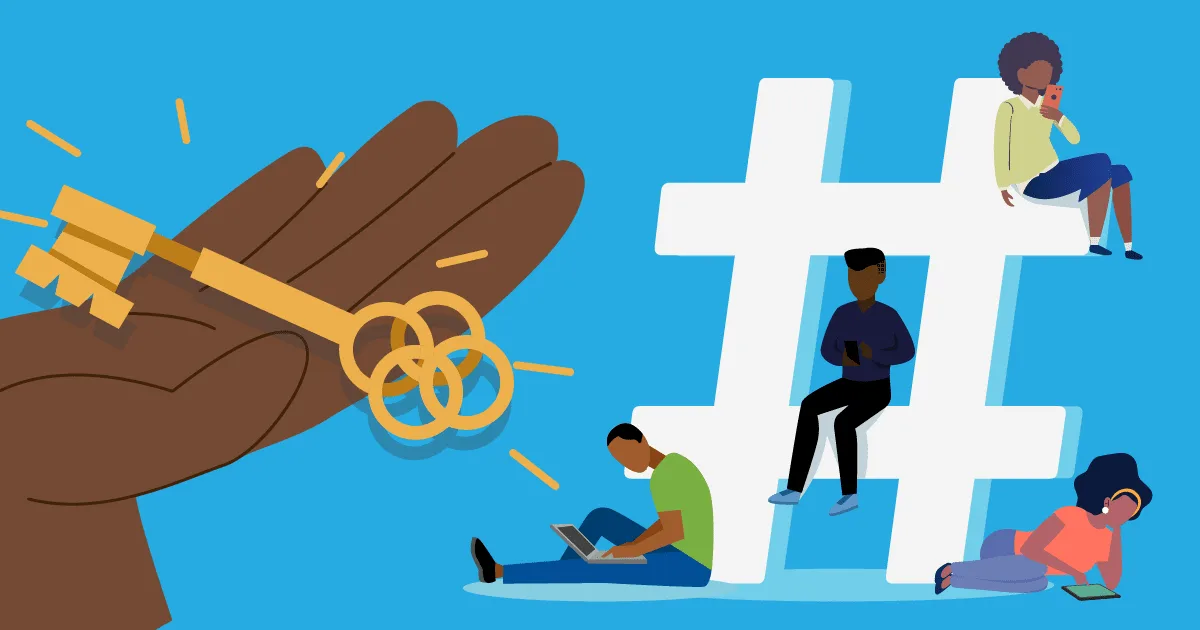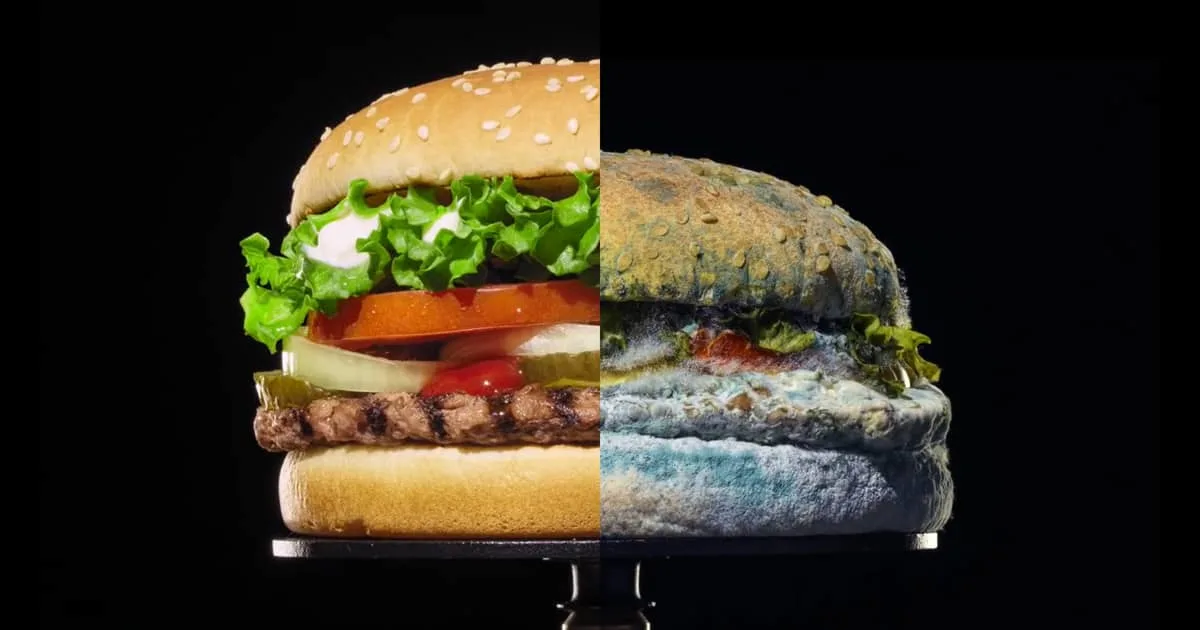It’s an unsettling time for the economy—and an incredibly difficult time for brands to identify how best to communicate. Generally speaking, consumer spend has dramatically decreased, and quickly. But whether businesses are taking a hard hit (sit-down restaurant traffic is down by 121%[1]) or are actually seeing an economic gain (big box retail traffic is up 32%), brands’ overarching narratives are shifting to a purpose higher than what they sell: support and safety for customers and employees.
We’ve watched the trials and tribulations of brand communications and advertising amidst COVID-19 in real-time. What was appropriate one day might not be the next, and a wrong move could have significant long-term consequences.
So, how do you keep your business running by selling your product or service, while effectively communicating your COVID-19 safety efforts to your customers?
There is hardly a blanket approach for how brands should be talking to their customers and employees. At Camp + King, as we help our various clients navigate their communications, we are noticing some guiding principles that apply across verticals. The following are some overarching guidelines, and examples of who, in our opinion, is doing it well and who missed the mark in the early stages of this new reality.
Communicate to your most sensitive consumer.
People are overwhelmed, uncertain, and even panicked. Assume that even the most nuanced references can be a trigger. Word choice, visuals, tone, and topic should all be extensively reviewed for appropriateness. Some things to keep in mind that could solicit a negative reaction:
- An overly casual tone, even if trying to provide a moment of levity
- Inviting conversation about previous safety practices by instilling “new” safety measures, which is proving to be a common pitfall
- Giving yourself a pat on the back for being innovative or empathetic
- Visuals of large groups of people or hands
- Topics or phrases surrounding sickness (even “Spring Fever”), in-person social gatherings, commuting, or parents/grandparents
Be transparent, but don’t inundate.
Provide essential information on your safety efforts. However, overcommunicating may make an already fragile audience even more worried. Keep in mind that your communication is sandwiched between loads of brands within and outside of your industry discussing the exact same topic. This means two things:
- Your brand likely doesn’t need to over- or re-define safety terms for consumers. For instance, phrases like “no-contact delivery” have become part of the broader vernacular.
- Your audience is already fatigued with COVID-19 communications from brands, news, and friends. They are looking for important takeaways, and then they’ll move on.
Oh sweet, I was wondering how every corporation I've ever given my email to was handling COVID-19.
— Jason Mustian (@jasonmustian) March 13, 2020
*opens freezer*
— social distance warrior (@IAmSpilly) March 17, 2020
*note falls out*
“We here at Totino’s Pizza Rolls know you’ve been wondering about our response to COVID-19”
Prioritize community management over content creation.
There has never been a better time to showcase your empathy as a brand. Prioritize hours spent responding to customers over coming up with clever GIFs. Anticipate questions that will be asked tomorrow, next week, and beyond, and be ready with answers.
This doesn’t mean that all content creation needs to shut down. This is a good time to add moments of levity in your followers’ feeds by highlighting the community formed by your product/offering. Your UGC library is a good place to source this content, but keep in mind communicating to your most sensitive consumer.
Take a leadership role to help humanity.
Finally, the brands that will be remembered most positively are those that are stepping up to help people beyond providing easier access to their goods and services. We understand that businesses’ first priority should be the safety and well-being of their own people, as well as the health and sustainability of the business itself. But we’d like to applaud those that have taken it a step further to offer help to a wider net of people affected. For example, LVMH is using its perfume and cosmetics production sites to manufacture free hand sanitizer. Jameson pledged $500,000 to support the US Bartenders’ Guild and is matching every dollar donated up to $100k to the Bartender Emergency Assistance Program. And Ford pulled its existing national vehicle advertising and replaced it with a message to reassure those who might be financially affected by the Coronavirus. Even if your business can’t financially afford to make a significant investment, finding unique ways to communicate solidarity with the larger communities you are a part of can go a long way.
Who’s Doing it Well:
Guinness St. Patrick’s Day
A video that acknowledges the situation but carries a hopeful tone by highlighting the power of community during hard times. The video ends on a brief mention of a contribution to the Guinness Give Back fund.
“Chipotle Together” Zoom Hangouts
Every day this week, fans can virtually mingle with celebrities and get Chipotle coupons. A fantastic example of using social to entertain and quite literally meeting customers where they are.
There’s a lot going on rn. If anyone wants to hang we’re going live on Zoom here: https://t.co/BveZZGXSeH
— Chipotle (@ChipotleTweets) March 16, 2020
Who Missed the Mark:
Marine Layer
An attempt to make work from home more enjoyable comes across as commercializing the situation.

Lysol
The brand continues to run heavy broadcast and digital advertising despite the real-world shortages of their products on store shelves. Meanwhile, Clorox suspended much of its media buy for the same reason.
Odd to see Lysol disinfectant wipes ads running on TV. Poor look, on many levels:
— andy (@adnys) March 15, 2020
• reminds everyone they are out of stock
• brite + cheery ad tone is out of touch
• last thing they need to do rn is drive demand#coronavirus #COVIDー19
This is an ever-evolving situation. While these guidelines may shift in the coming weeks, we believe that being clear, transparent, and empathetic will continue to be the guiding pillars of coronavirus communication.
-
Coronavirus: What Customers are Buying, MFour, March 2020 ↩



